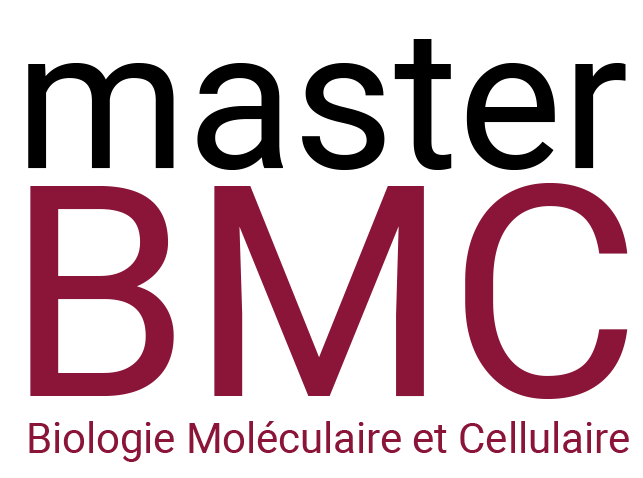TLR9 in Alzheimer disease pathology
Responsable de l’encadrement : Bénédicte Manoury
Tél : 0140615382 E-mail: benedicte.manoury@inserm.fr
Institut Nacker Enfants Malades
Résumé du Projet de Stage
Toll like receptors (TLRs) activation triggers both inflammatory and antigen-‐presentation responses which, are the key features of reactive microglia in neurodegenerative diseases. In this respect, involvement of TLR2 and TLR4 in Alzheimer Disease (AD) pathology has already been shown. However, little is known on whether or how other TLRs, in particular TLR9, function in AD pathology and neurodegeneration. TLR9 is a lysosomal receptor activated not only by CpG motifs present in DNA of bacteria and viruses but also by mitochondrial DNA released from dying cells including neurons. TLR9 is particularly interesting: its activation is reduced by peripheral injections of its ligand CpG in both Ab and Tau pathologies and is controlled by PLD3 and progranulin. Both genes have been linked to AD predisposition and involved in inflammation and lysosomal degradation. Low levels of cell-free mitochondrial DNA are reported in CSF of AD patients and they could potentially activate TLR9 in immune cells including microglia as we have recently shown.Our preliminary data suggest a role for TLR9 in AD pathology. Thus, this proposal will be to examine the role of TLR9 in different mouse model developping AD and lacking TLR9 in different subsets of immune cells including microglia.
Dernières Publications en lien avec le projet :
– Hua J, Garcia de Paco E, Linck N, Maurice T, Desrumaux C, Manoury B, Rassendren F, Ulmann L. Microglial P2X4 receptors promote ApoE degradation and contribute to memory deficits in Alzheimer’s disease. Cell Mol Life Sci. 2023 May 5;80(5):138. doi: 10.1007/s00018-023-04784-x.
– Maatouk L, Compagnion AC, Carillo-de Sauvage MA, Bemelmans A, Trawik BN, Cirotteau V, Tohme M, Beke A, Trichet M, Bazin V, Brouillet E, Ransohoff RM, Tronche F, Manoury B, Vyas S. TLR9 activation via microglial glucocorticoid receptors contributes to degeneration of midbrain dopamine neurons. Nat Commun 2018 Jun 22 ;9 (1)2450 doi: 10.1038/s41467-018-04569-y.
– Nunes-Hasler P, Maschaladi S, Lippens C, Castelbou C, l Bouvet S, Guido D, Bassoy ES, Page N, Merkler D, Hugues S, Martinvalet D, Manoury B, Demaurex N. STIM1 promotes migration, phagosomal maturation and antigen cross- presentation in dendritic cells. 2017 Nat Commun Nov 24;8(1):1852. doi: 10.1038/s41467-017-01600-6.
– Maschalidi S, Nunes-Hasler P, Nascimento C, Salent I, Lannoy V, Garfa-Traore M, Cagnard N, Sepulveda FE, Vargas P, Lennon-Duménil AM, van-Endert P, Capiod T, Demaurex N, Darasse-Jèze G, Manoury B. UNC93B1 interacts with the calcium sensor STIM1 for efficient antigen cross-presentation in dendritic cells. 2017 Nat Commun. Nov 21;8(1):1640. doi: 10.1038/s41467-017-01601-5.
– Babdor J, Descamps D, Adiko AC, Tohmé M, Maschalidi S, Evnouchidou I, Vasconcellos LR, De Luca M, Mauvais FX, Garfa-Traore M, Brinkmann MM, Chignard M, Saveanu L*, Manoury B*. IRAP+ endosomes restrict TLR9 activation and signaling. 2017 Nat Immunol May;18(5):509-518doi: 10.1038/ni.3711. *Co-last and corresponding authors.
Ce projet s’inscrit dans la perspective d’une thèse
Ecole Doctorale de rattachement :
D BioSPC 562
Intitulé de l’Unité : Institut Necker Enfants Malades
Nom du Responsable de l’Unité : Fabiola Terzi
Nom du Responsable de l’Équipe : Bénédicte Manoury
Adresse : 156-160 rue de sèvres

